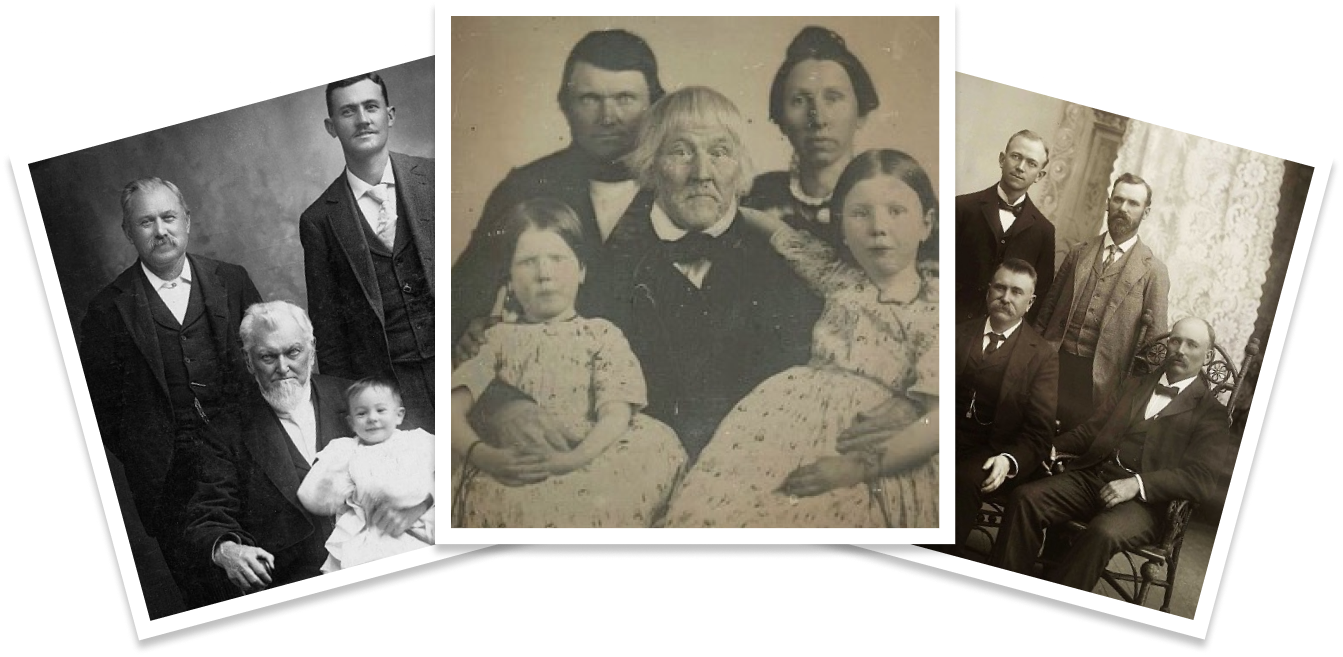Wilford Woodruff Papers Foundation Introduction
Videographer: James Dalrymple
Speaker: Steven C. Harper
Transcript
Phebe actually died twice, once in 1838, and then again in 1885, both were wrenching experiences for her husband, Wilford Woodruff. Then while he was on a mission in England in 1840, Phoebe wrote him a letter telling of the death of their infant daughter, Sarah Emma. My name is Steven Harper. I'm the Executive Editor of the Wilford Woodruff Papers Project. I've been reading the journals, letters, and autobiographies of early Americans for a quarter of a century, especially those written by Latter-day Saints, believers in the restored gospel of Jesus Christ as taught by Joseph Smith.
Death is a dominant motif in these documents. Douglas Davies is a great scholar of religion and an Anglican priest. He said, “Latter-day Saint theology is above all else, a theology of death’s conquest.” He's referring to temple-centered doctrines and ordinances. Consider how these things intersect in the Wilford Woodruff papers. His life was constantly disrupted by death, starting with his mother's death when he was just a year old. Wilford was devoted to the work done in temples, God's work of conquering death by reuniting families forever in eternity. Historians like me place immense importance on sources of knowledge, the more pristine and close to the origin the source is, the better. The worst outcome would be to lose the original sources of our knowledge of the theology that is above all else the solution to death and a devastating toll it takes on our relationships. Let me put it this way: How do we know Joseph Smith gave temple ordinances and priesthood keys and the commission to carry on temple work to the apostles? How do we know that Brigham Young commissioned the writing temple ordinances? How do we know the April, 1894 revelation to begin sealing families genealogically as far back as we can find records.? Wilford Woodruff is our source. No one kept records quite like Wilford did. Between 1834 and 1898, he wrote almost 7,000 pages of journals, nearly 40,000 letters. And several autobiographies.
Jennifer Mackley is the foremost expert on Wilford's documents. She has devoted her life to gathering and analyzing them. Jennifer and a team of talented, committed people recently formed the Wilford Woodruff Papers Foundation, a non-profit committed to publishing all of his extant journals, letters, autobiographies, and discourses on an open-access website.
It's an expensive, painstaking, and time-consuming project, but I'm not complaining. It's nothing compared to the two projects to which Wilford devoted his life--taking the restored gospel to everyone on earth and providing temple ordinances for everyone who ever lived.
Still, discovering and transcribing all of Wilford's papers, checking their accuracy, and publishing them on the web so they're easy to access and search--that’s a big task. There's nothing I'd rather do. How about you? We have some great allies already, including the Church History Department, but we could use your help. If you're looking for a good cause in which to become anxiously engaged, consider donating time or money or both to the Wilford Woodruff Papers Foundation, visit WilfordWoodruffpapers.org, to learn more about the project and what you can do to help.


